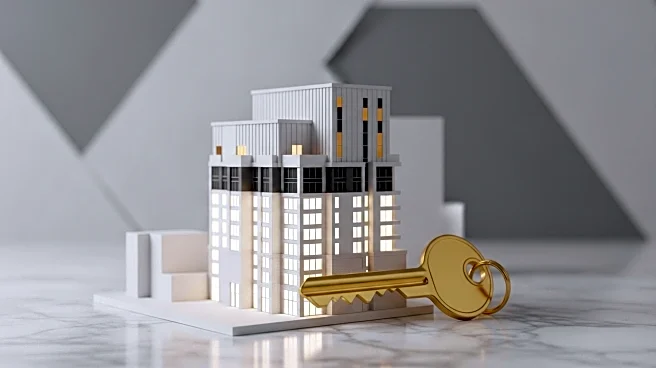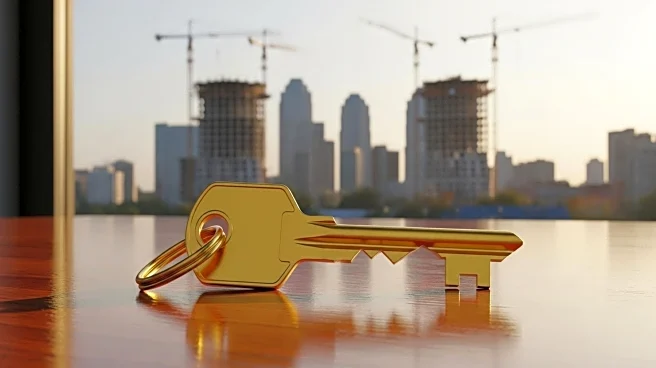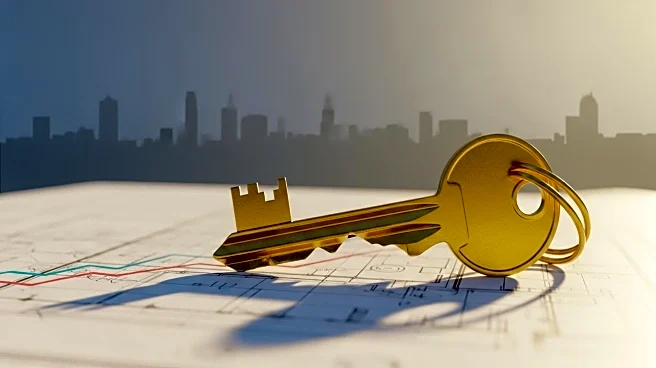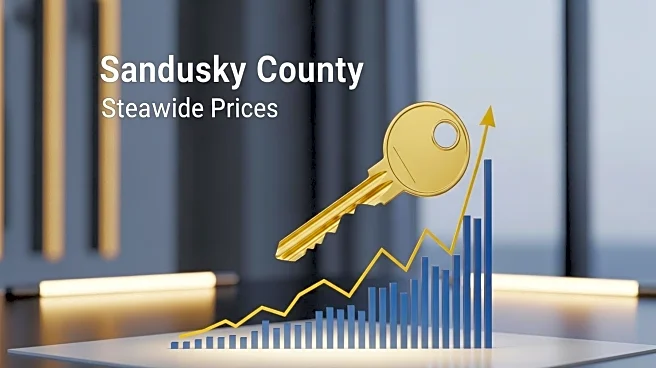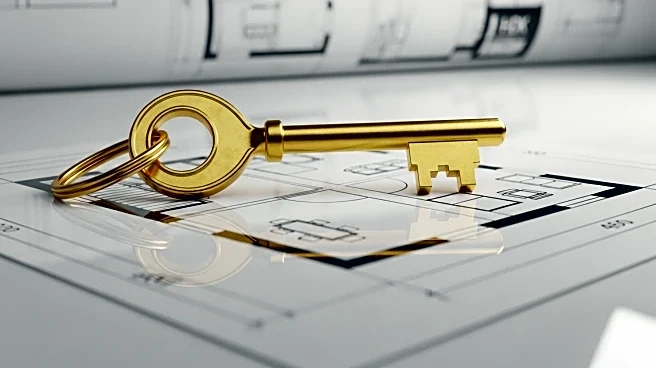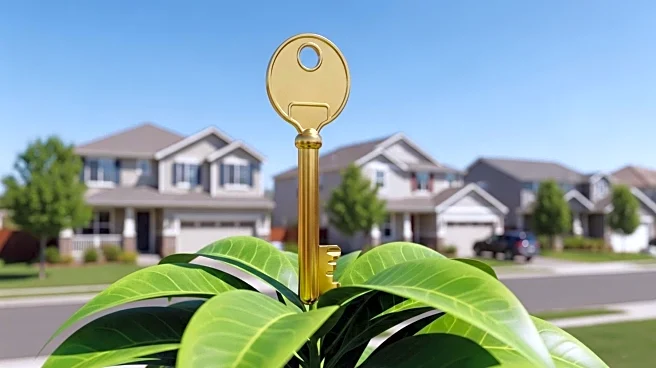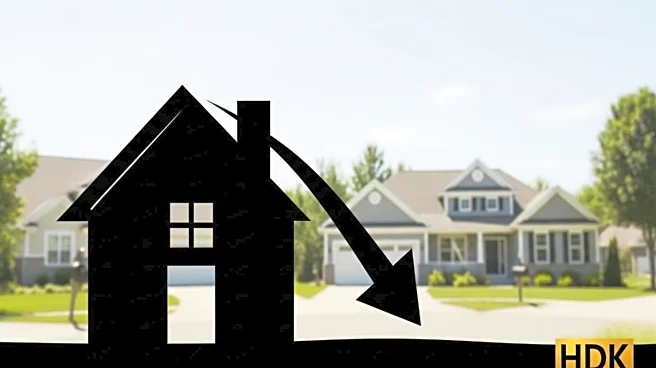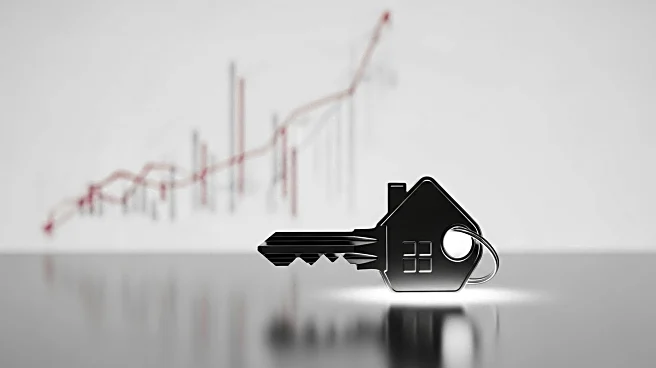What's Happening?
Salt Lake City's real estate market in 2025 is characterized by a mix of residential and commercial developments, with significant projects underway that are reshaping the landscape. The median home price in Salt Lake City is approximately $580,000, reflecting a slight decrease from previous years. Residential demand remains strong, driven by job and population growth, while commercial real estate shows mixed results with thriving retail and multifamily sectors but high office vacancies due to remote work trends. Major developments like The Point in Draper and Downtown Daybreak are expected to boost land values and lease rates, offering opportunities for investors. The introduction of new infrastructure, such as the TRAX light-rail station, is enhancing connectivity and accessibility, further influencing real estate dynamics.
Why It's Important?
The developments in Salt Lake City's real estate market are crucial for investors, residents, and policymakers. The ongoing projects and trends indicate a robust investment climate, with opportunities in emerging neighborhoods and repurposing older commercial properties. The strong economy and population growth make Salt Lake City a hotspot for real estate investment, promising attractive rental yields and sustained demand for housing and commercial space. However, housing affordability remains a significant concern, with prices outpacing income growth, making homeownership challenging for many. The demographic shifts, including in-migration from higher-cost markets, are altering the housing landscape, necessitating strategic planning to ensure sustainable growth and accessibility.
What's Next?
Looking ahead, Salt Lake City's real estate market is expected to stabilize, with modest home price appreciation and increased housing supply. The completion of major projects like The Point and Downtown Daybreak will provide new housing and commercial spaces, potentially easing demand pressures. The introduction of new transit options and infrastructure improvements will enhance connectivity, making outlying areas more attractive for development. Policymakers are focusing on affordable housing initiatives to address the affordability crisis, aiming to balance supply and demand. The upcoming 2034 Winter Olympics is anticipated to spur further investment and infrastructure upgrades, positioning Salt Lake City for continued growth and development.
Beyond the Headlines
The real estate developments in Salt Lake City have deeper implications for the community, including cultural and demographic shifts. The affordability crisis is prompting changes in household composition, with more multigenerational living and shared housing arrangements. The influx of newcomers from higher-cost markets is reshaping the local culture and economy, potentially leading to increased competition for housing. The focus on sustainable and transit-oriented development reflects a broader trend towards reducing sprawl and car dependence, aligning with environmental goals. As Salt Lake City navigates these changes, the challenge will be to maintain its quality of life while accommodating growth and ensuring housing accessibility for all.
